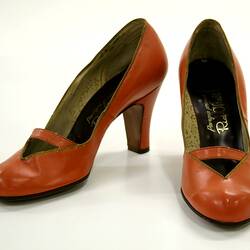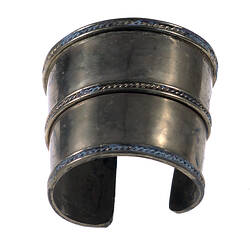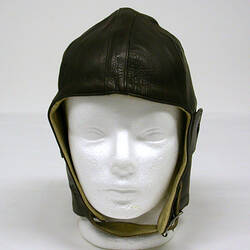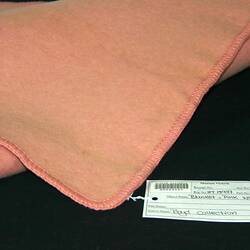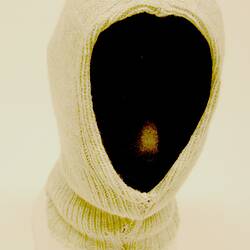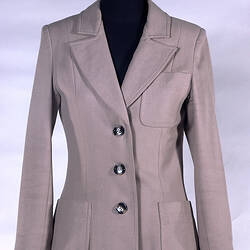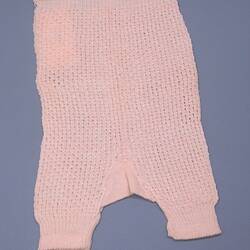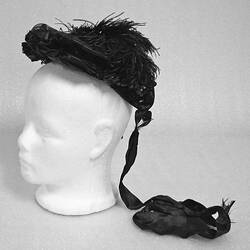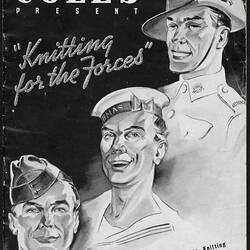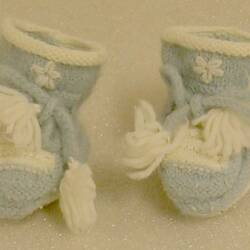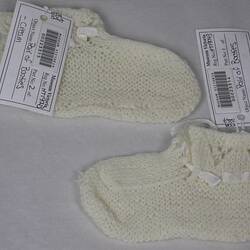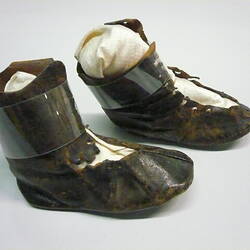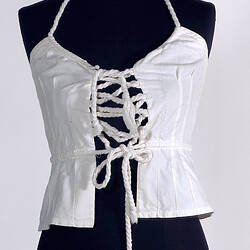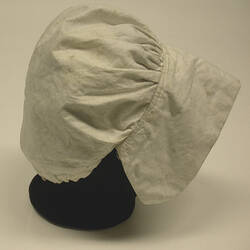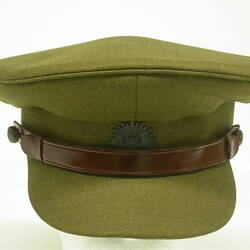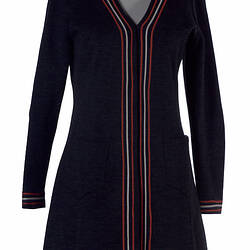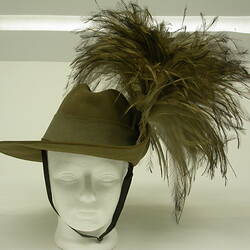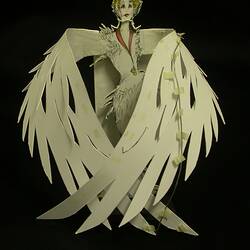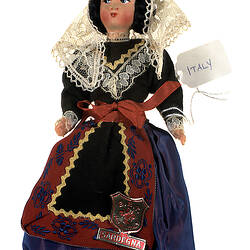The clothing and textiles collection consists of clothing and textiles produced and used in historical and contemporary contexts in Victoria. It encompasses social history, design, manufacturing and craftsmanship.
Providing insight into the design, materials, manufacturing techniques and processes, and use and context of clothing and textiles in Victoria, the collection documents people's responses to their natural and built environments.
Clothing is broadly defined as anything that covers, adorns and accessorises the body. Textiles are defined as vegetable, animal or synthetic materials enhanced by hand or machine to form threads, ropes and sheets of material that can be used to create other products.
Clothing and textiles are a significant form of material culture, and have also been acquired and interpreted in the context of other collection areas, such as Migration History, Childhood and Public Life.
Significant sub-collections:
- A comprehensive range of objects from several key Victorian manufacturers, some of which no longer exist, including the Simpson's Glove Factory and the Grenoble's glove collection.
- The Prue Acton Collection, recording the career of one of Australia's leading fashion designers from the 1960s to the 1980s.
- The Economic Botany Collection, featuring 19th- and early 20th-century samples of both raw and manufactured textile materials.
- The Jenny Bannister collection, representing key works from this iconic Melbourne designer of the late 20th century.
- Antarctica collection, including about 80 garments dating 1907-1970.
- The First Peoples Collection, encompassing a large range of clothing and textiles, including highly significant and unique 19th-century material.
More Information
-
Keywords
-
Localities
-
Authors
-
Article types

